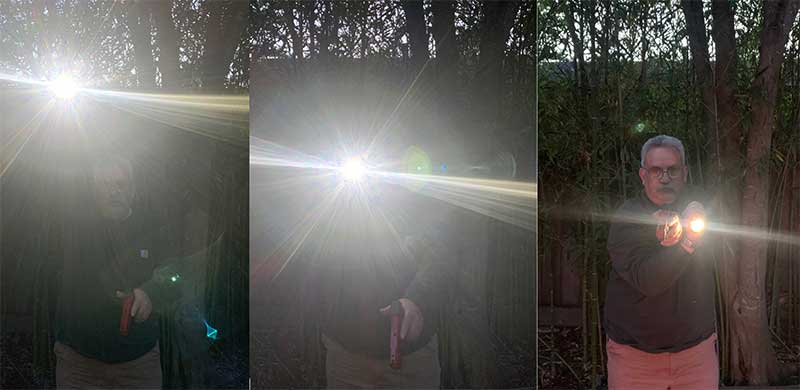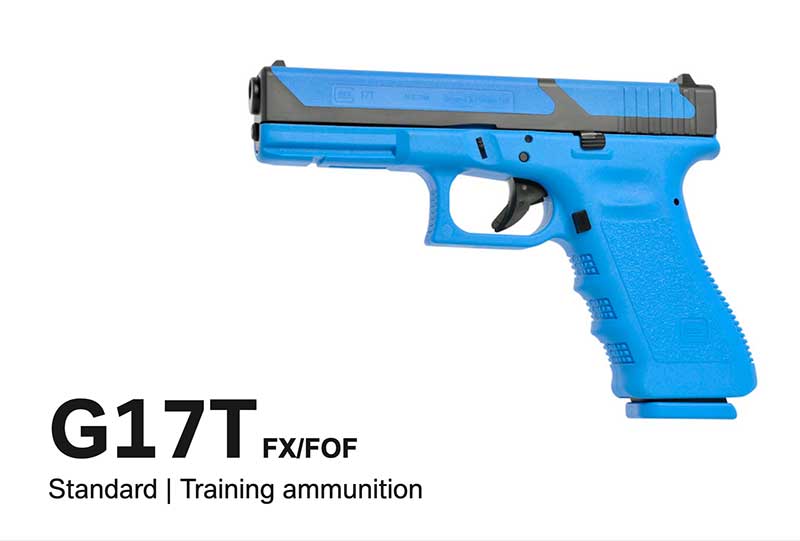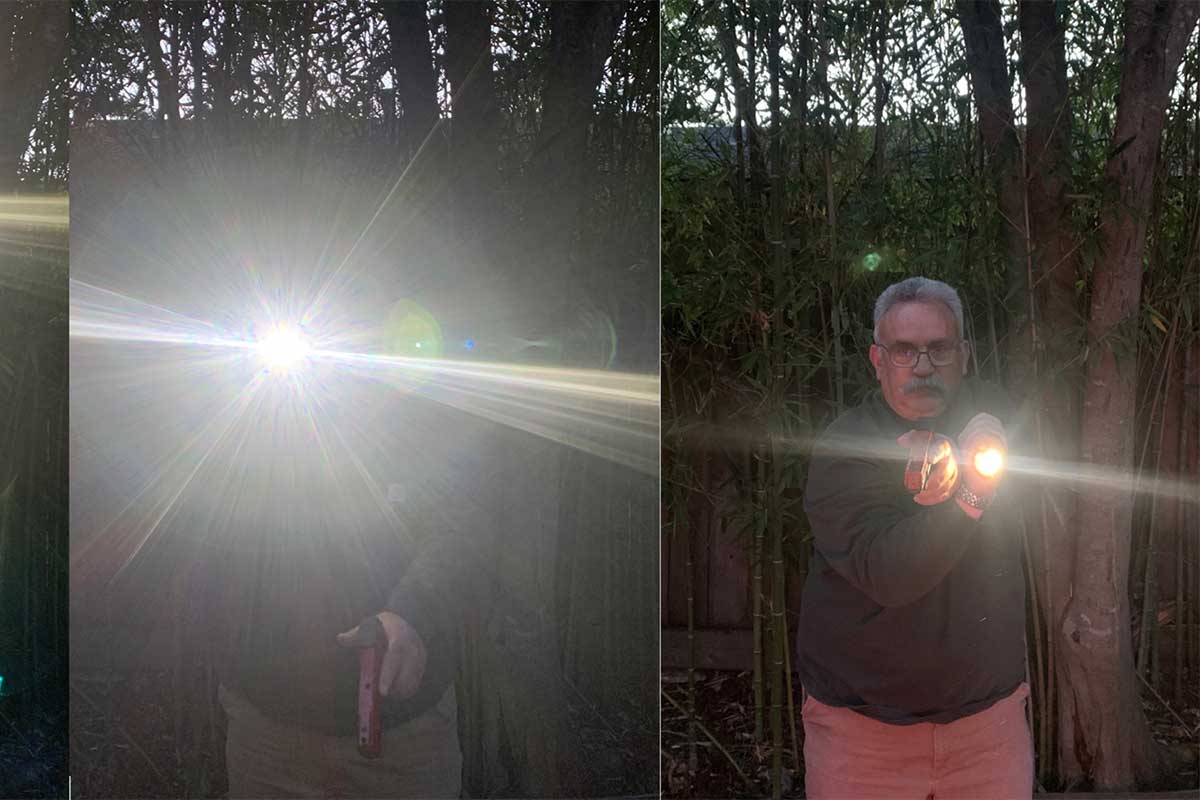
AC040522-alerrt-Mine_positions-800
We shouldn’t downplay experience. The issue with experience is what is it? As a part of a conversation that imparted several lessons, a captain once told me that you could have two people who’d been working next to each other for 15 years. One would have 15 years of experience while the other would only have one year of experience 15 times. Which experience mattered?
If experience is not the Be All, End All, then where else can we learn from? Through research. That research can come from within an agency or from outside it. It can be with academic rigor, maybe even published or presented orally in front of a group. Regardless of where or how it is shared, it must be repeatable. That research needs to be documented so you can pass it on.
Recently, I gave a presentation on the use of various ready positions and how they could contribute to better outcomes when dealing with armed BadGuys.
One of the studies came from the ALERRT — an active shooter research and training program from Texas State University-San Marcos. It is titled “An evaluation of light positioning on suspect accuracy in low light environments.” The researchers — J Pete Blair, M Hunter Martaindale and Emily D Spivey — looked at the three most common flashlight search positions. They wanted to see which one did the best job at keeping the officer (or a homeowner having to use one) from being shot by a BadGuy.
What are we using handheld lights for in either an operational setting (ops & military) or a defensive scenario for the rest of us? Obviously, to identify people and determine whether or not they are a threat. We also use lights to gather other information or deny it, navigate, and communicate.
When we are doing those things, we are often doing them in one of the three ways: the traditional FBI method, the Harries technique and the Jaw (or temple) method.
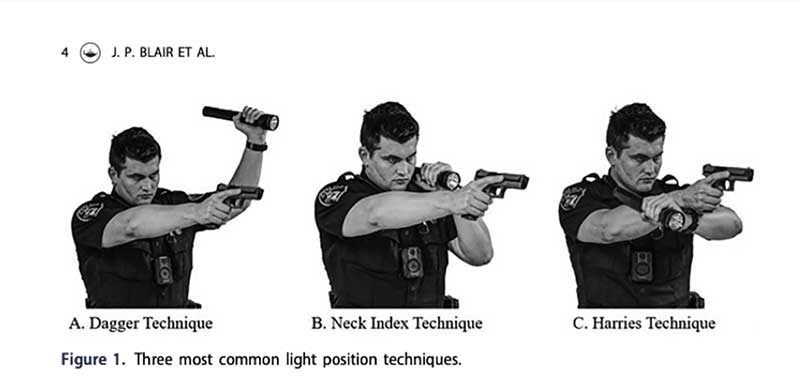
Here’s how the researchers showed the three positions. Unfortunately, Harries is shown as a simple shelf rather than with the needed isometric tension.
Before going further, all of these methods involve holding the light like an icepick. It is in your hand with the tail cap/pressure switch under the thumb. Your fingers are wrapped around the part of the tube that holds the batteries. The head, the light-emitting portion of the handheld, extends beyond the bottom of your hand. You can efficiently deliver a downward strike by holding the light this way.

Hold it like an ice pick. Tail cap under the thumb, fingers around the body, the light’s head at the base of the hand.
The FBI technique has been around for a long time. The idea behind it was that holding the light well above your head and off to your side would keep you from being shot. The position has evolved to where the light is out in front of you. Via your wrist, you can rotate it to the left or right. By bending your elbow, you can also search by moving the light in a much bigger arc. Finally, since the light is detached, separated from the handgun, you cut down on the likelihood of muzzling someone when trying to illuminate them. (This is the extended condition in the research.)
Next up is the Harries technique — developed by Michael Harries of the South-West Combat Pistol League fame back in the ’70s. Harries was looking for something to replace the isometric push/pull tension lost when you removed your support hand from the grip to use the light. To use this appropriately, the backs of your hand are in solid contact while you drive your support elbow toward the ground. Is this uncomfortable and tiring? If done correctly, it is. After searching an apartment, a home, or a building this way, you’ll know what you did. (This was referred to as the chest condition.)
The final method studied is the Jaw/Temple index method. Again, the light is held in that ice pick grip and then held firmly against the side of your jaw or where the temple piece on your glasses goes — depending on whether you are using iron sights (jaw) or a pistol mounted optic (temple). And, no, this is not to be confused with a movement inside a vehicle position popularized by the folks at Centrifuge Training. (The study called this the shoulder condition.)
So, how was this tested?
Two hundred thirty-six students volunteered for the study. They were armed with GLOCK 17T non-lethal training ammo launching pistols when participating.
The study took place within a darkened room with a cloth barrier across it. The officers stood on a designated spot 12 feet from the students. The students were positioned in a corner, looking toward the center of the room. When all were ready, researchers dropped the barrier and the encounter began.
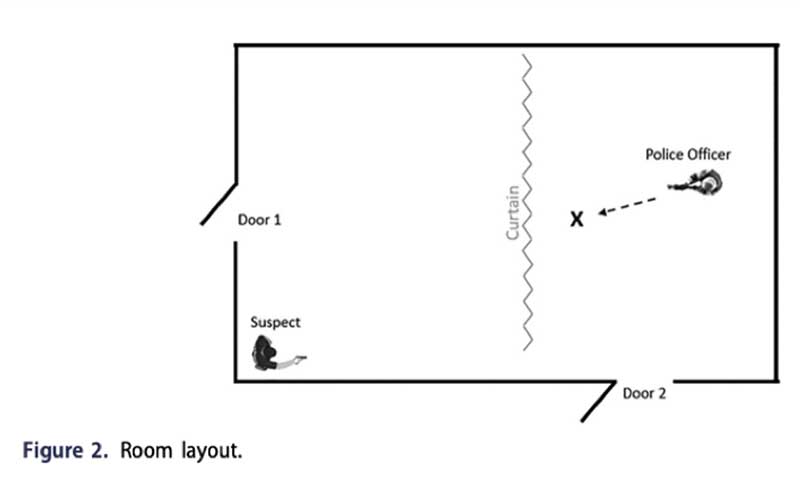
Here’s the room. The student was in one corner while the officer was pretty much centered on the far side of a curtain.
One hundred seventy-two students shot at the offices in the study within the time window allowed, or 73%. There might have been a significant difference between the students and BadGuys — were the students trying to get perfect hits or just shooting at the officers?
If officers used the Jaw/Temple method (shoulder condition), they were hit by 41 of the 59 students who shot at them, or 71%.
When the officers used a Harries method (chest condition), rounds from the 56 students hit them 36 times or 67%.
While using the FBI method (extended condition), the 59 students who shot only hit 27 officers for a 46% hit rate.
The study noted “participants successfully shot the officer in 69% of the scenarios when the light was held close to the body and 46% when the light was held away from the officer’s body. Participants were 1.5 times more likely to hit the officer when the officers had the lights close to them.”
Looking at the positions used during the study, I’d argue that using a pistol mounted in either a low ready or pointed in on the target position would lead to a similar outcome.
The study also discussed Resilience Engineering; however, that will be a stand-alone article in the future.
Between this study and personal experience, it is difficult to argue against always having a handheld light available and using it independently from your handgun.
Resources:
Blair, J.P., Martaindale, M.H. & Spivey, E.D. (2021). An Evaluation of Light Positioning on Suspect Accuracy in Low Light Environments. Justice Evaluation Journal, 001: 10.1080/24751979.2021.1970482

